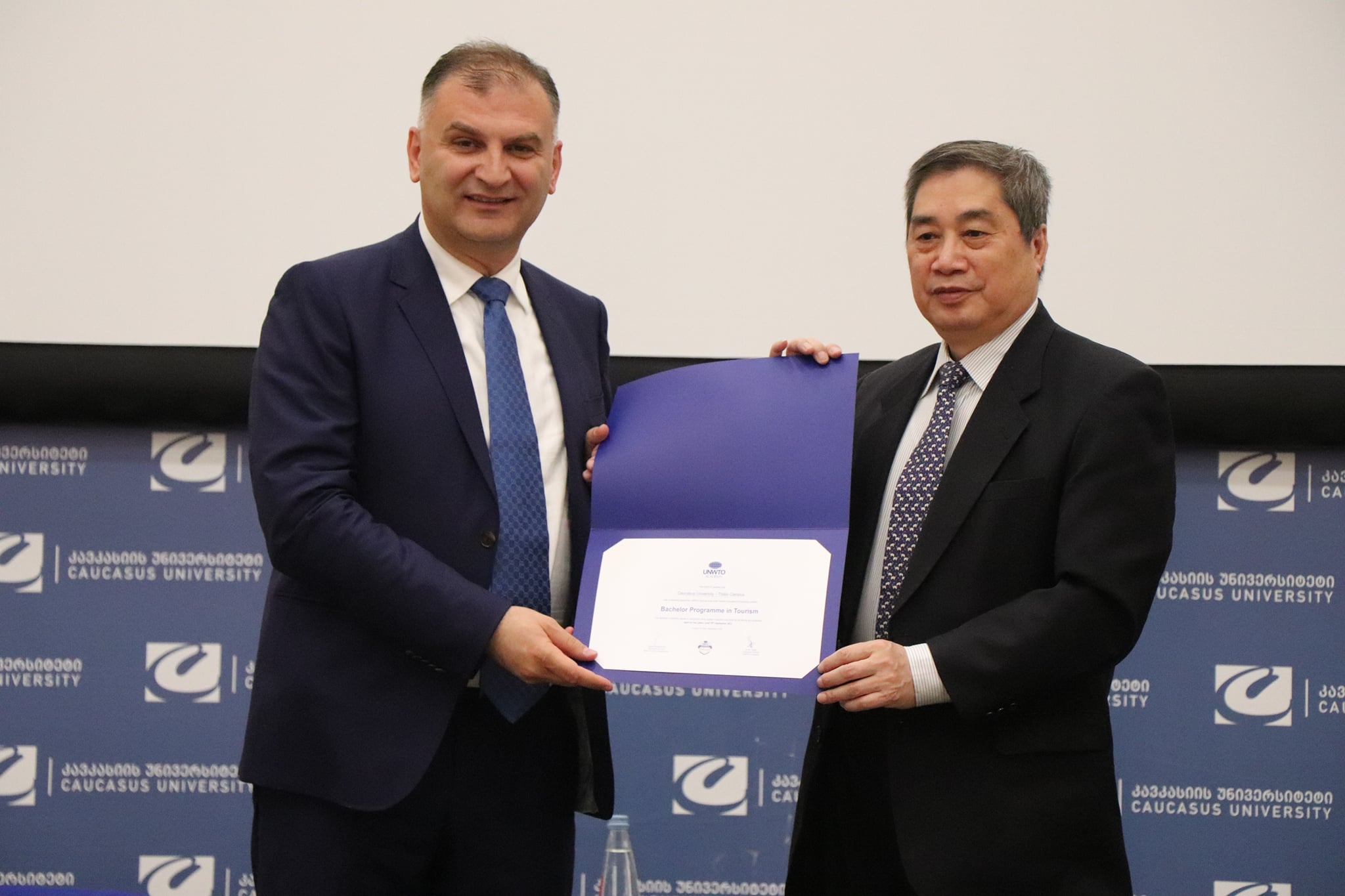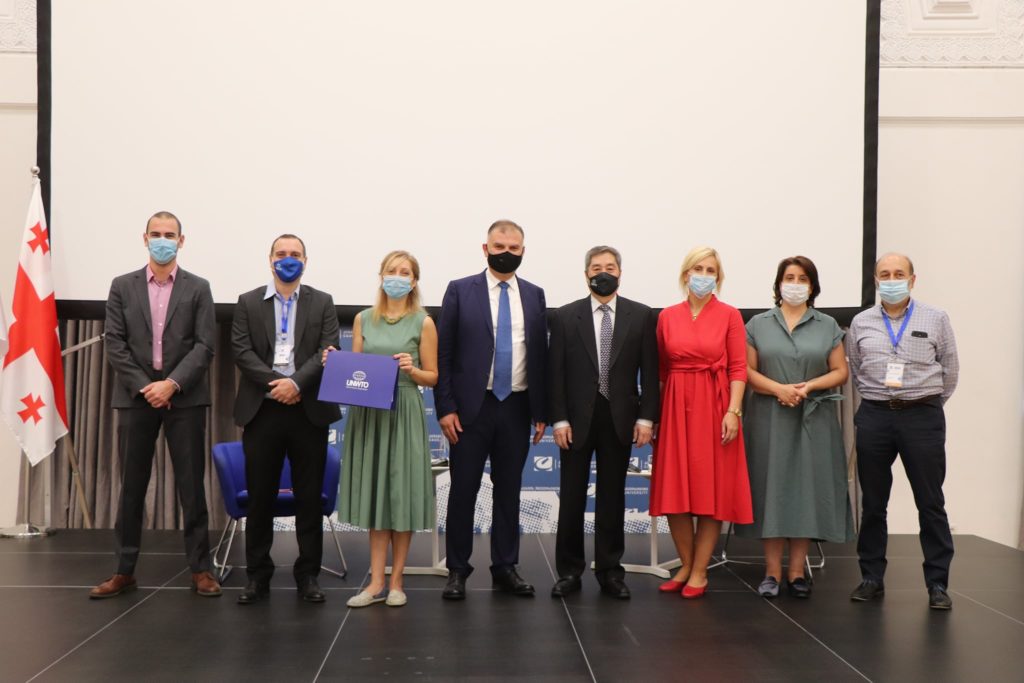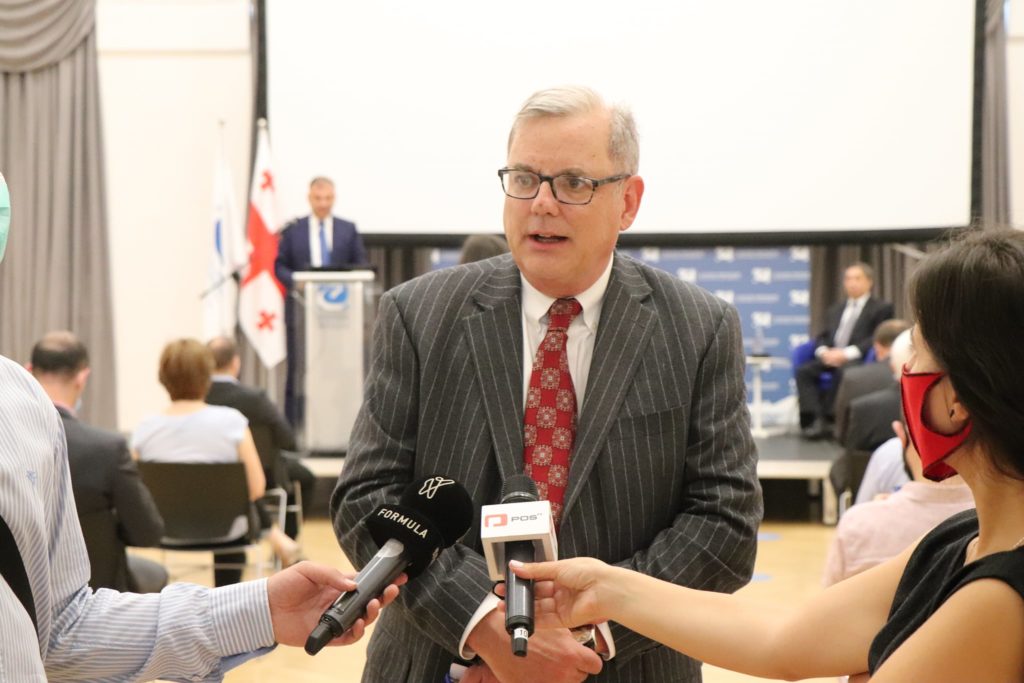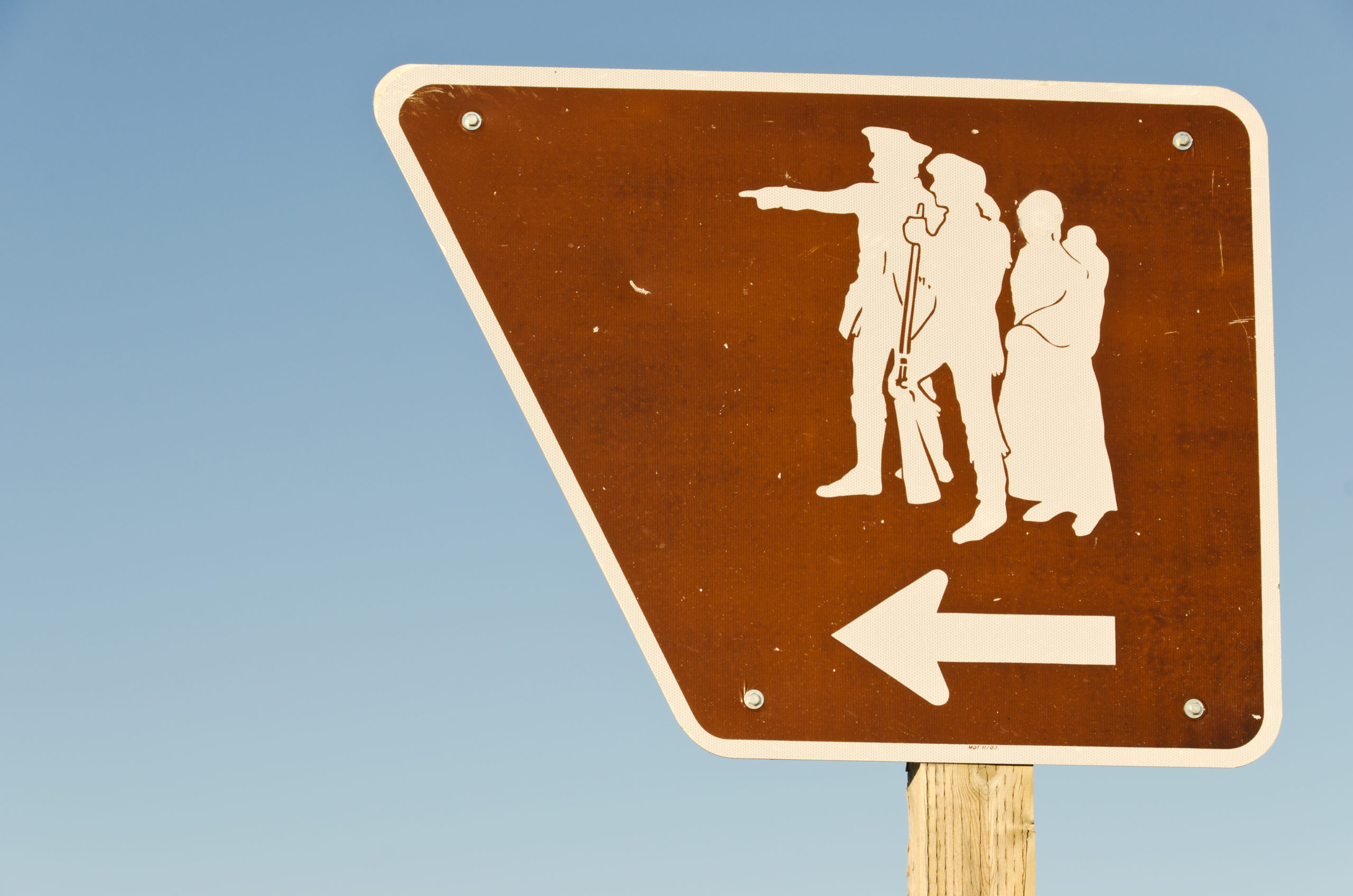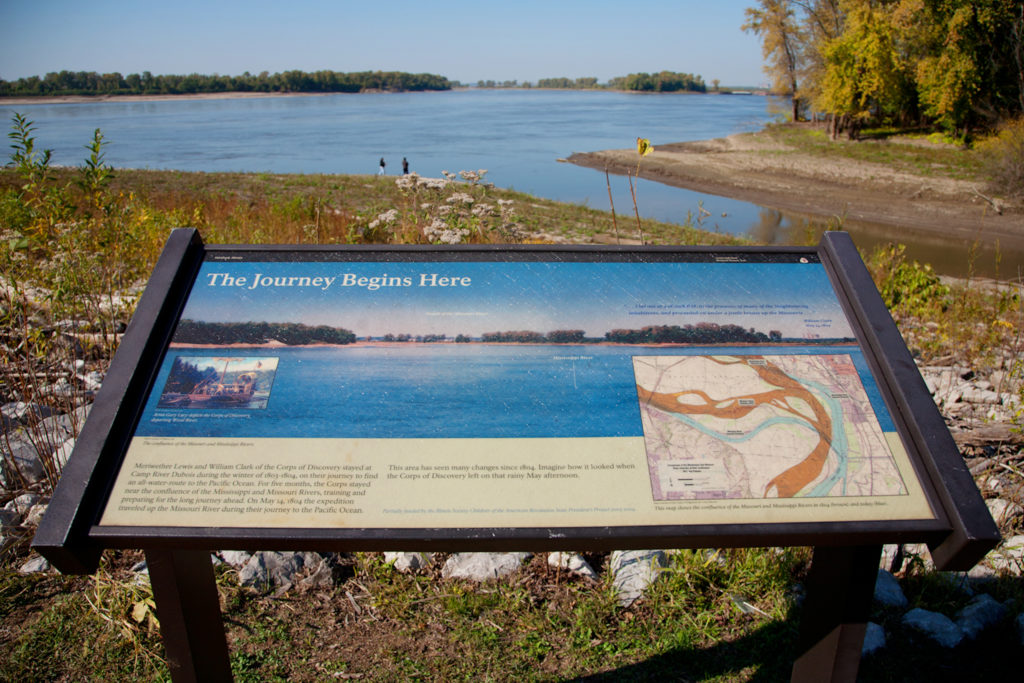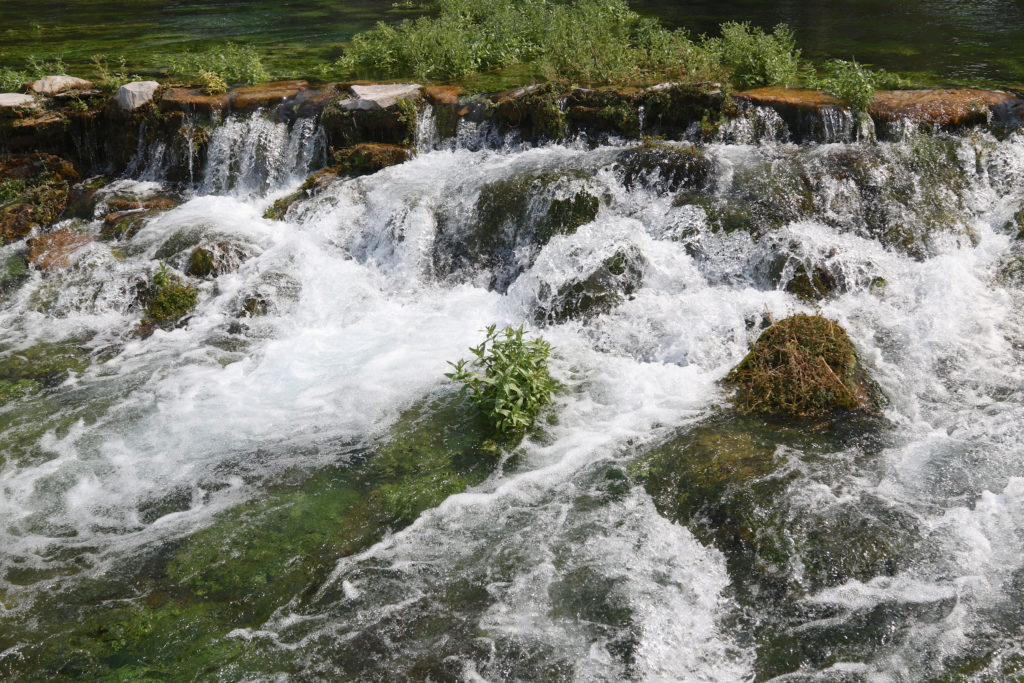How can visitors voluntarily contribute to your destination and not individual businesses? Will asking for that voluntary fee discourage your guests from returning?
These were questions asked and answered as part of Solimar’s Virtual DMO Development learning session on voluntary visitor contribution fees. In previous learning sessions, tourism leaders learned about the variety of methods for collecting funds for their destination or DMO. Topics explored included:
- government budget allocation,
- business voluntary contribution,
- bed taxes, and
- tourism improvement districts.
These methods for collection all have the government as a shared handler of funds. A Visitor Voluntary Contribution Fee, on the other hand, boasts no government involvement.
How Does a Visitor Voluntary Contribution Fee Support Tourism?
This method uses a voluntary fee placed on the visitor’s bill at individual business within the destination, such as restaurants, hotels and shops. The fee is likely to be relatively small, usually less than one dollar or 1% of their total bill. From here, the DMO collects the fees from the individual businesses, after which the DMO’s Board of Directors delegates the funds accordingly to enhance the destination’s management and marketing efforts.
Despite apparent similarities, this Visitor Voluntary Fee is not and does not operate the same as a DMO Membership Plan. Whereas a membership plan charges an annual fee, the small fee (that $1 or 1% of the bill) is paid by the visitor, not the business. The business is only where the fee travels through for this fund. While a membership plan offers specific benefits to the businesses involved, the funds collected from the Voluntary Visitor Fee benefit the entire destination. Thirdly, the main idea behind a membership plan is to bring the industry together rather than serving as the main source of revenue for the DMO.
Although a Voluntary Visitor Contribution Fee has great potential, a few prerequisites must be completed before it can work effectively. Ultimately, business buy-in a key for this fund. As the businesses begin collecting this fee which you promise them will benefit the DMO and destination as a whole, they need to be able to trust that the DMO (and its board of directors) are going to do what is best for the destination as a whole.
To reinforce the trust businesses have in a DMO and its use of the funds, an agreement is still very important. Not only can it offer security and peace of mind, it stands as an official record of the agreement with specific details regarding how much they’ll collect, how to pay the fee to the DMO, and the specific terms of the fund’s agreement.
Once the agreement has been decided upon by all parties, the next step is deciphering how to communicate the Voluntary Visitor Fee to guests. This final step of establishing a Voluntary Visitor Fund tackles the ‘why.’ When it comes to paying an extra fee, it seems most travelers are willing to pay the fee. Still, they want to know that their contribution is going to support a destination, not an individual business. It is important to determine the correct way to present this fee.
How do you market the benefit of tourists paying this extra fee? Think about what makes travelers feel good about paying to visit a destination. What will the impact be if this fund is successful? How many jobs will you create? How many peoples’ lives does it have the potential to impact? Answering these questions will help you determine your strategy to market this extra $1 or 1%.
To learn more about this topic, Solimar interviewed Cheryl Kilday of the North Myrtle Beach Chamber of Commerce. She identified the fear DMOs have that the additional fee might discourage guests. This may be more common with guests coming from outside the United States, or from areas without local tax who may not be accustomed to seeing these extra fees on their bills. She says those who pay the fee usually don’t even ask about it, but the best practice for businesse is to be willing to explain and have a conversation about this voluntary contribution. “As long as we can give [the consumer] a solid answer that we’re doing good things with the money that’s benefitting their visitor experience, then that’s all that matters,” she explained. “If they know that it’s helping their visitor experience and you’re doing something to make it a sustainable tourism destination and that they’re going to have a great time there, and that their impact is part of what they’re able to help manage, then I think they recognize that.”
To solidify our understanding that the destination can be a community between your DMO and those contributing, Cheryl Kilday left the DMO Development Course participants with a final suggestion: “Be visible. Be real. Get to know your destination through the eyes of your partners, as well as your visitors. Don’t forget to visit your destination!”
Including this Voluntary Visitor’s Fee gives your businesses a chance to stand as a support beam for the destination they are part of, and it gives visitors the opportunity to make a positive impact on the destination which made a positive impact on them.
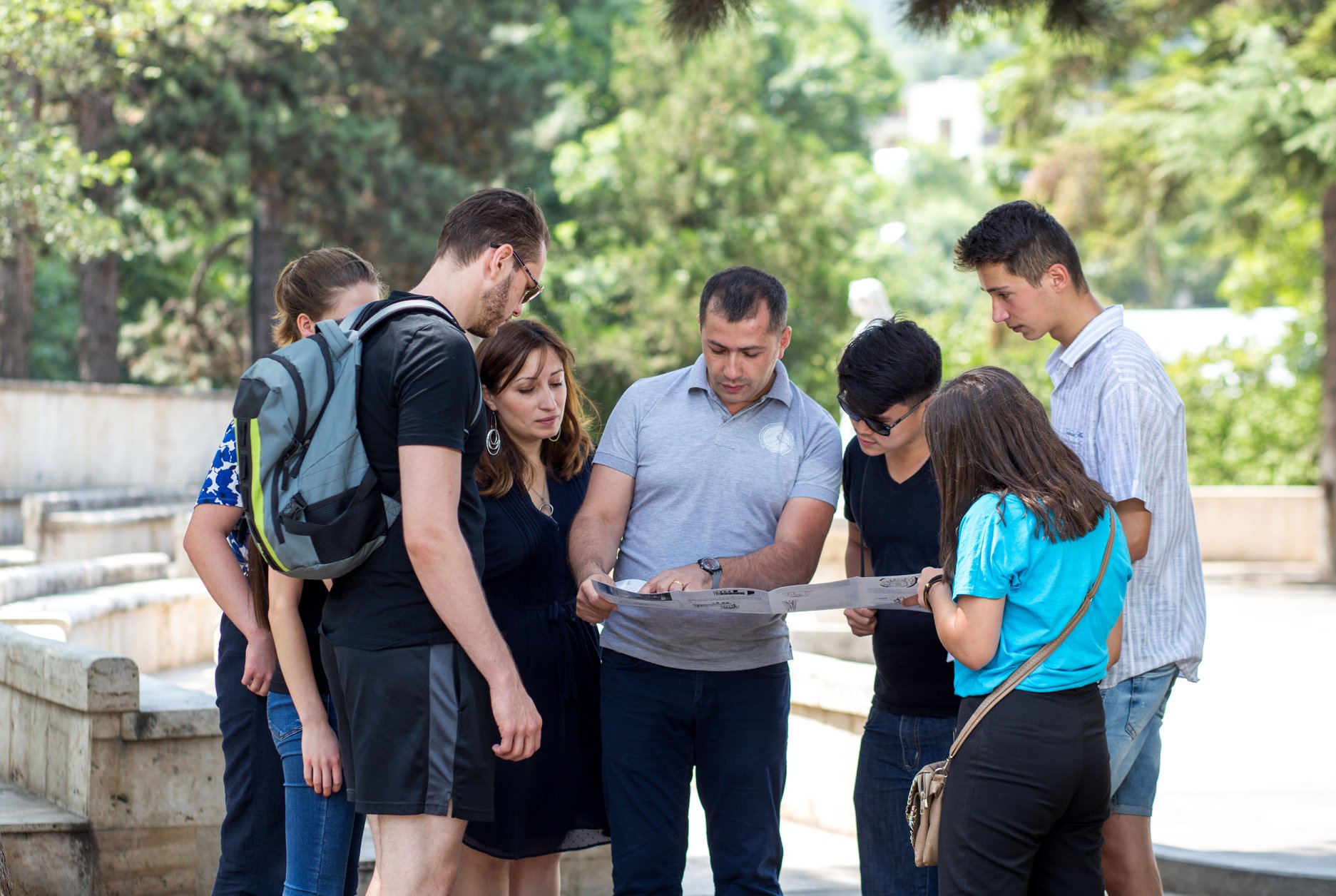
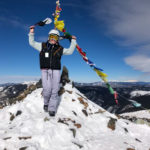
 Mason Meadows is a graduate of West Virginia University with a degree in Public Relations. Prior to joining the Solimar International team, Mason lived in Australia where he spent his winters working alongside the indigenous Jawoyn People at Nitmiluk National Park, and his summers living in the city of Melbourne and backpacking Southeast Asia. Previously, Mason served as Sponsorship Coordinator for the international nonprofit Children of Uganda, and as an AmeriCorps NCCC Team Leader based in Denver, Colorado. Mason is a passionate thrifter, avid adventurer, and strong believer in the power of using sustainable practices to minimize negative environmental, economic and cultural impacts.
Mason Meadows is a graduate of West Virginia University with a degree in Public Relations. Prior to joining the Solimar International team, Mason lived in Australia where he spent his winters working alongside the indigenous Jawoyn People at Nitmiluk National Park, and his summers living in the city of Melbourne and backpacking Southeast Asia. Previously, Mason served as Sponsorship Coordinator for the international nonprofit Children of Uganda, and as an AmeriCorps NCCC Team Leader based in Denver, Colorado. Mason is a passionate thrifter, avid adventurer, and strong believer in the power of using sustainable practices to minimize negative environmental, economic and cultural impacts.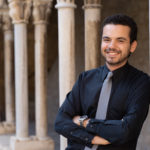 A native of the San Francisco Bay Area, Dominic Gialdini holds an Bachelor of Science in Recreation Administration with an Emphasis in Sustainable Tourism Management from San Diego State University, where he was selected as the outstanding graduate of his program after having worked as a teacher’s assistant for the L. Robert Payne School of Hospitality and Tourism Management. In September 2020, Dominic graduated from the Erasmus Mundus European Master in Tourism Management Program (through the University of Southern Denmark, University of Ljubljana, and University of Girona). He also interned for the Alliance for Innovators and Researchers in Tourism and Hospitality (AIRTH).
A native of the San Francisco Bay Area, Dominic Gialdini holds an Bachelor of Science in Recreation Administration with an Emphasis in Sustainable Tourism Management from San Diego State University, where he was selected as the outstanding graduate of his program after having worked as a teacher’s assistant for the L. Robert Payne School of Hospitality and Tourism Management. In September 2020, Dominic graduated from the Erasmus Mundus European Master in Tourism Management Program (through the University of Southern Denmark, University of Ljubljana, and University of Girona). He also interned for the Alliance for Innovators and Researchers in Tourism and Hospitality (AIRTH). Stephanie Auslander is wrapping up her final class for her master’s degree from Johnson & Wales University and is scheduled to graduate in December 2020. Stephanie previously worked for Key Travel as a business travel consultant and has recently completed an internship with the Economic Transformation group highlighting ways in which the tourism industry can recover from Covid-19. Furthermore, Stephanie had an opportunity to complete a project with the World Bank focused on a cultural landscape approach for the great Lumbini region in Nepal. Through both her course work and internship, she has steadily focused on sustainable tourism practices for destination management.
Stephanie Auslander is wrapping up her final class for her master’s degree from Johnson & Wales University and is scheduled to graduate in December 2020. Stephanie previously worked for Key Travel as a business travel consultant and has recently completed an internship with the Economic Transformation group highlighting ways in which the tourism industry can recover from Covid-19. Furthermore, Stephanie had an opportunity to complete a project with the World Bank focused on a cultural landscape approach for the great Lumbini region in Nepal. Through both her course work and internship, she has steadily focused on sustainable tourism practices for destination management. Rebecca Morris is a recent graduate of the Master of Tourism Administration program at the George Washington University with a focus in Sustainable Tourism Management. She is excited to be interning with Solimar and is interested in learning about marketing, brand strategy, and website development with the local Inn at Meander project in Madison County, Virginia.
Rebecca Morris is a recent graduate of the Master of Tourism Administration program at the George Washington University with a focus in Sustainable Tourism Management. She is excited to be interning with Solimar and is interested in learning about marketing, brand strategy, and website development with the local Inn at Meander project in Madison County, Virginia. Hannah Garland is a recent graduate of the University of Pittsburgh. While studying at Pitt, Hannah earned a bachelor’s degree in Communication along with a minor in History and a certificate in Spanish. Hannah enjoys traveling and being outdoors. She has been to many National and State Parks within the US, as well as in Ireland, Italy, and Canada. While in Ireland, Hannah experienced her first taste of geotourism and is looking forward to furthering her knowledge of the intricacies of geotourism.
Hannah Garland is a recent graduate of the University of Pittsburgh. While studying at Pitt, Hannah earned a bachelor’s degree in Communication along with a minor in History and a certificate in Spanish. Hannah enjoys traveling and being outdoors. She has been to many National and State Parks within the US, as well as in Ireland, Italy, and Canada. While in Ireland, Hannah experienced her first taste of geotourism and is looking forward to furthering her knowledge of the intricacies of geotourism. Lolya McWest recently graduated from Rutgers University with a BS in Environmental Science. She plans on perusing a master’s in environmental and sustainable development and management. She is excited to be a part of the Solimar International internship program as it combines the two topics she enjoys the most; sustainability and tourism. From a very young age, Lolya loved to travel. She wants to travel as much as possible to meet new faces and see places she has never seen before. Lolya is not sure what the future holds for her, but her end goal is to solve environmental problems and aid communities in striving toward a sustainable future, especially in developing countries.
Lolya McWest recently graduated from Rutgers University with a BS in Environmental Science. She plans on perusing a master’s in environmental and sustainable development and management. She is excited to be a part of the Solimar International internship program as it combines the two topics she enjoys the most; sustainability and tourism. From a very young age, Lolya loved to travel. She wants to travel as much as possible to meet new faces and see places she has never seen before. Lolya is not sure what the future holds for her, but her end goal is to solve environmental problems and aid communities in striving toward a sustainable future, especially in developing countries. With over 15 years of experience in hospitality public relations and marketing, Brigid Finley has worked with top travel and tourism brands, including Visit Telluride, Visit Sun Valley, Visit Tucson, Healdsburg Tourism Improvement District, Peru Trade Commission and Eleven Experience, as well as hotels and brands including Loews Hotels, 21c Museum Hotels, The St. Regis Aspen Resort and The Broadmoor. Brigid holds B.A. from Boston College in Political Science and Latin American Studies and is currently completing a Professional Certificate in Sustainable Tourism Destination Management from George Washington Univ. and a Professional Diploma in Digital Marketing from the Digital Marketing Institute.
With over 15 years of experience in hospitality public relations and marketing, Brigid Finley has worked with top travel and tourism brands, including Visit Telluride, Visit Sun Valley, Visit Tucson, Healdsburg Tourism Improvement District, Peru Trade Commission and Eleven Experience, as well as hotels and brands including Loews Hotels, 21c Museum Hotels, The St. Regis Aspen Resort and The Broadmoor. Brigid holds B.A. from Boston College in Political Science and Latin American Studies and is currently completing a Professional Certificate in Sustainable Tourism Destination Management from George Washington Univ. and a Professional Diploma in Digital Marketing from the Digital Marketing Institute.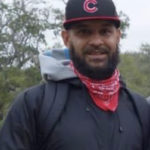 Robert Carter grew up in Mount Vernon and has over 15 years on the operations side of the hospitality industry, from managing all aspects of free- standing restaurants to working for the Starwood Hotel Company. One of his strongest quality was educating his staff on anticipating the guest needs, then going above and beyond their satisfaction. Robert then took this knowledge of leading, managing and applied to his own business model. His passion for sports really came to life, while living in Chicago, Il, (from 2014-2018) where he started a sports training business for youth sports. Through the success of his business, he was recognized and teamed with Chicago City Soccer Club as a volunteer trainer for their entire club. With great results on the youth side, Robert was then asked to train their WPSL team. (Women’s Professional Soccer League).
Robert Carter grew up in Mount Vernon and has over 15 years on the operations side of the hospitality industry, from managing all aspects of free- standing restaurants to working for the Starwood Hotel Company. One of his strongest quality was educating his staff on anticipating the guest needs, then going above and beyond their satisfaction. Robert then took this knowledge of leading, managing and applied to his own business model. His passion for sports really came to life, while living in Chicago, Il, (from 2014-2018) where he started a sports training business for youth sports. Through the success of his business, he was recognized and teamed with Chicago City Soccer Club as a volunteer trainer for their entire club. With great results on the youth side, Robert was then asked to train their WPSL team. (Women’s Professional Soccer League). Raised in a small town in Northern California, Elizabeth Evans graduated from Arizona State University with a B.S. in Tourism Development and Management. Beginning her career in tourism and travel marketing at the Arizona Office of Tourism, MMGY Global, and Visit Huntington Beach. Elizabeth is passionate about the Tourism industry and hopes to continue her career in tourism marketing or consulting. She hopes to learn more about sustainable tourism and stakeholder engagement in order to create a tourism product that closely aligns with a community’s personal values and traditions, forming an accurate and authentic experience for tourists and future generations.
Raised in a small town in Northern California, Elizabeth Evans graduated from Arizona State University with a B.S. in Tourism Development and Management. Beginning her career in tourism and travel marketing at the Arizona Office of Tourism, MMGY Global, and Visit Huntington Beach. Elizabeth is passionate about the Tourism industry and hopes to continue her career in tourism marketing or consulting. She hopes to learn more about sustainable tourism and stakeholder engagement in order to create a tourism product that closely aligns with a community’s personal values and traditions, forming an accurate and authentic experience for tourists and future generations. Kylie Schultz is a senior studying environmental studies at the University of Pittsburgh. She is originally from the Pittsburgh area as well. In the future I hope to work with the National Park Service or similar organizations to promote sustainability and conservation. I am interested in learning more about the ways that eco-tourism can create a more sustainable world and educate people about the environment around them.
Kylie Schultz is a senior studying environmental studies at the University of Pittsburgh. She is originally from the Pittsburgh area as well. In the future I hope to work with the National Park Service or similar organizations to promote sustainability and conservation. I am interested in learning more about the ways that eco-tourism can create a more sustainable world and educate people about the environment around them. Lindsey Neuwirth is currently a junior at Stony Brook University pursuing a bachelor’s degree in Environmental Studies with a concentration in Environmental Law, Public Policy and Waste Management, minoring in Marine Science. She is passionate about bridging the worlds of tourism and sustainability, as well as ocean conservation. She had the privilege to volunteer in Costa Rica at a child care center and saw how differently they live. After experiencing first hand how greatly they value sustainability and wildlife in their country, it is very clear how all destinations must practice the same methods. She has taken multiple trips to Mexico and has traveled to Germany, Ireland and Puerto Rico.
Lindsey Neuwirth is currently a junior at Stony Brook University pursuing a bachelor’s degree in Environmental Studies with a concentration in Environmental Law, Public Policy and Waste Management, minoring in Marine Science. She is passionate about bridging the worlds of tourism and sustainability, as well as ocean conservation. She had the privilege to volunteer in Costa Rica at a child care center and saw how differently they live. After experiencing first hand how greatly they value sustainability and wildlife in their country, it is very clear how all destinations must practice the same methods. She has taken multiple trips to Mexico and has traveled to Germany, Ireland and Puerto Rico. Emily Binder is currently a sophomore at Creighton University studying history. She is from small town Nebraska and is passionate about promoting local history.
Emily Binder is currently a sophomore at Creighton University studying history. She is from small town Nebraska and is passionate about promoting local history.